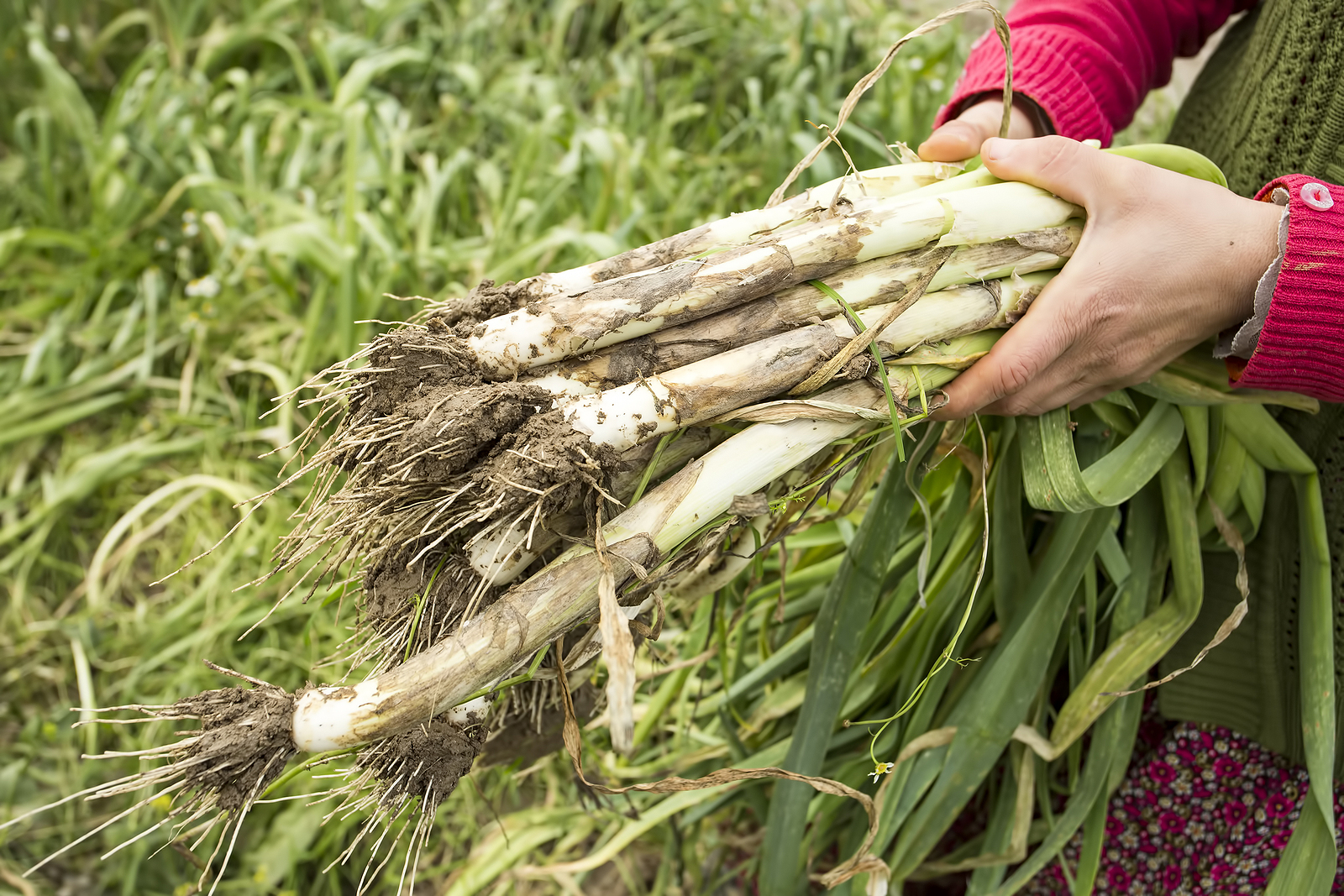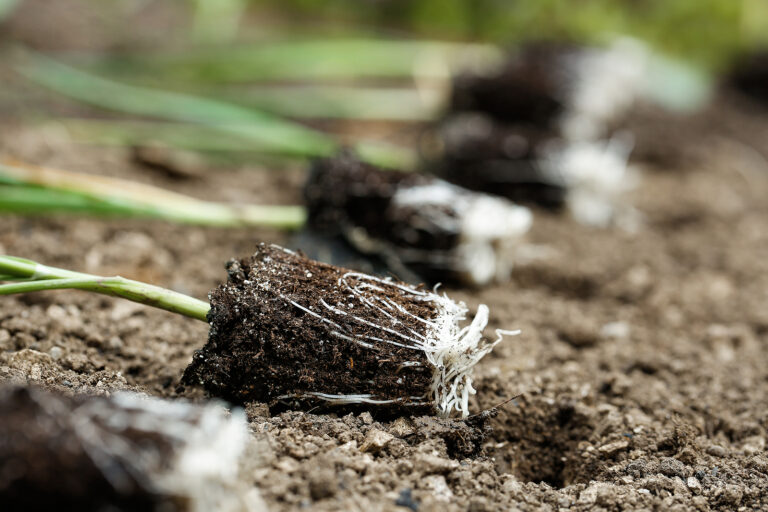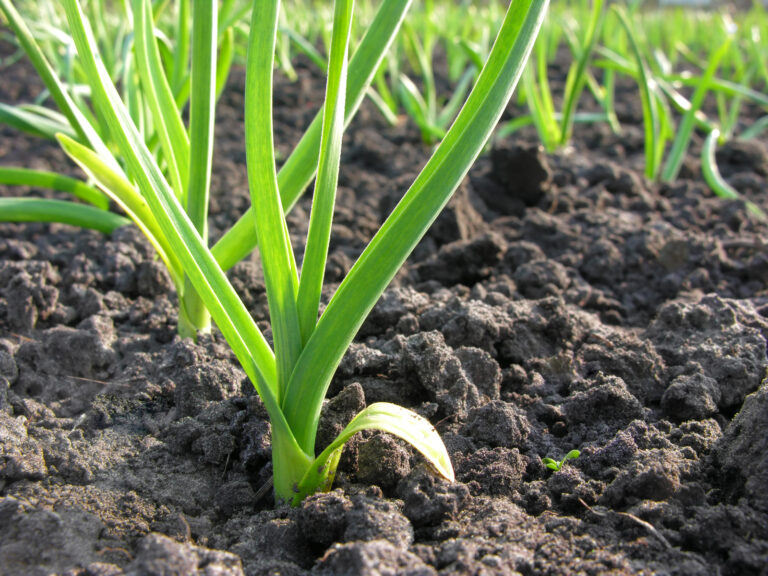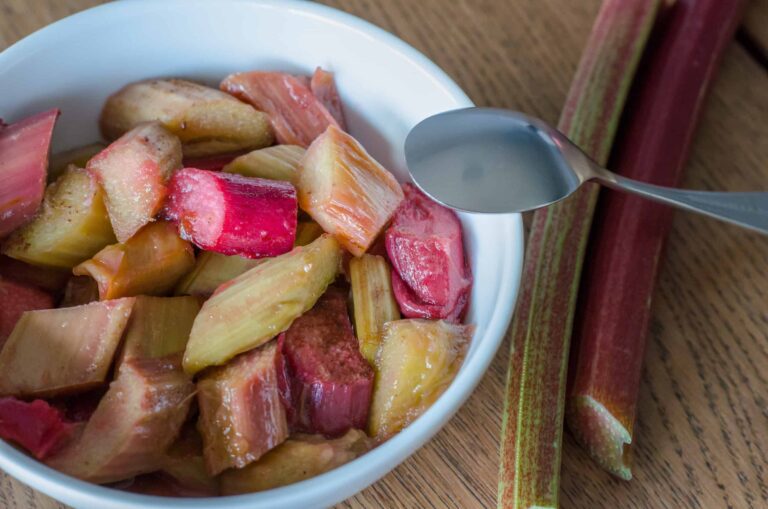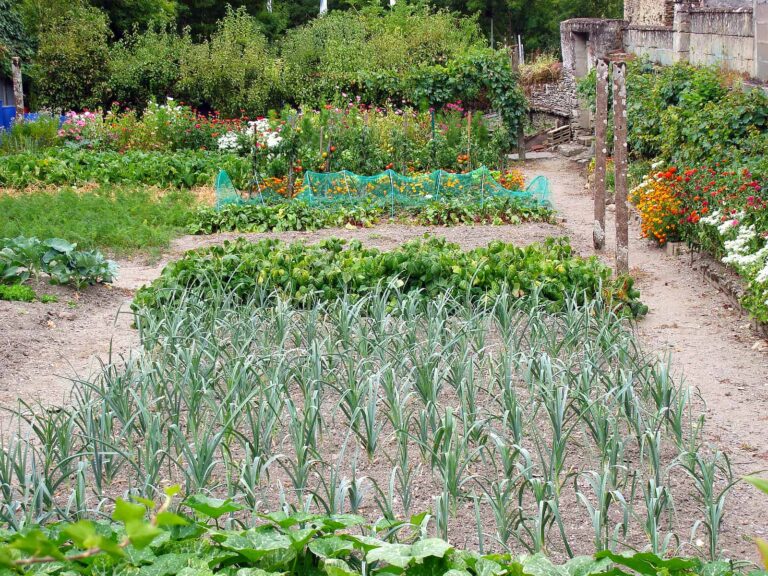How to Extend the Leeks Harvest Into Winter
Leeks are a cool-season vegetable that can provide fresh, tender stalks well into winter if you use the right strategies. Over decades of gardening, I’ve learned that proper planting, soil care, and protective techniques can keep leeks producing long after the first frost. Here’s a comprehensive guide to extending your leek harvest and enjoying homegrown leeks through the cold months.
1. Choose Cold-Hardy Varieties
- Select varieties known for winter resilience, such as Musselburgh or King Richard.
- These leeks tolerate frost better and maintain flavor even in cold temperatures.
2. Timing Your Planting
- Start seeds early indoors or sow directly in the garden in late spring or early summer.
- Transplant seedlings with enough time for them to establish before the first frost.
3. Protect With Mulch
- Apply straw, shredded leaves, or evergreen boughs around leek rows.
- Mulch insulates soil, keeping roots from freezing and prolonging the harvest season.
4. Use Cloches or Row Covers
- Floating row covers or cloches create a microclimate that shields leeks from extreme cold and wind.
- Remove covers on sunny days to avoid overheating and encourage continued growth.
5. Hill or Tube for Blanching
- Hilling soil or using tubes not only whitens stalks but also provides an extra layer of protection against frost.
- Repeat hilling as needed through the fall for maximum coverage.
6. Succession Planting
- Plant leeks in staggered intervals to ensure a continuous harvest.
- This method provides tender stalks all winter rather than a single large harvest.
7. Harvest Carefully
- Use a fork or hand spade to lift leeks gently.
- Remove the outer leaves as needed, leaving the plant to continue growing in the soil.
Final Thoughts
With the right variety, timely planting, and simple protection methods, leeks can provide fresh stalks throughout winter. I often harvest into January or even February in mild climates like mine, enjoying fresh leeks for soups, stews, and braises long after other vegetables have finished producing.
Winter Leek Protection: Quick Reference
| Protection Method | Details / Tips | Best For |
|---|---|---|
| Cold-Hardy Varieties | Musselburgh, King Richard | Leeks that tolerate frost and maintain flavor |
| Mulch | Straw, shredded leaves, evergreen boughs | Insulates soil; prevents root freezing |
| Row Covers / Cloches | Floating row covers, plastic or glass cloches | Protects from frost, wind, and extreme cold |
| Hilling / Tubes | Build soil around stalks or use protective tubes | Blanches stalks while adding frost protection |
| Succession Planting | Stagger plantings every 2–3 weeks | Ensures continuous harvest throughout winter |
| Careful Harvesting | Lift gently with fork; leave outer leaves intact | Allows remaining plants to continue growing |
✅ Gardener’s Tip: Combining mulch, row covers, and hilling gives the best protection, letting leeks produce tender stalks well into winter.
Leeks Growing Hub
Start here: The Ultimate Leeks Growing Guide: From Seed to Harvest
Leek Basics & Varieties
- Short-Season vs. Long-Season Leeks: Key Differences and How to Grow Each
- Best Leek Varieties to Grow in Your Garden
- Leeks vs. Green Onions vs. Garlic Scapes: What’s the Difference?
Planting & Site Prep
- Leeks Seed Starting Tips
- When to Plant Leeks by USDA Zone
- Planting and Spacing Leeks for Healthy Growth
- The Best Companion Plants for Leeks and What to Avoid
Unique Growing Methods
- Hilling Leeks: How to Grow Long, White Stems
- Growing Leeks in Tubes: A Step-by-Step Method
- How to Grow Leeks in Containers or Pots
Care & Maintenance
- How to Water Leeks for Steady Growth
- Fertilizing Leeks: Feeding Tips for Bigger, Sweeter Stalks
- Leek Care Throughout the Growing Season
- How to Extend the Leek Harvest Into Winter
Pests & Diseases
Harvest & Beyond

